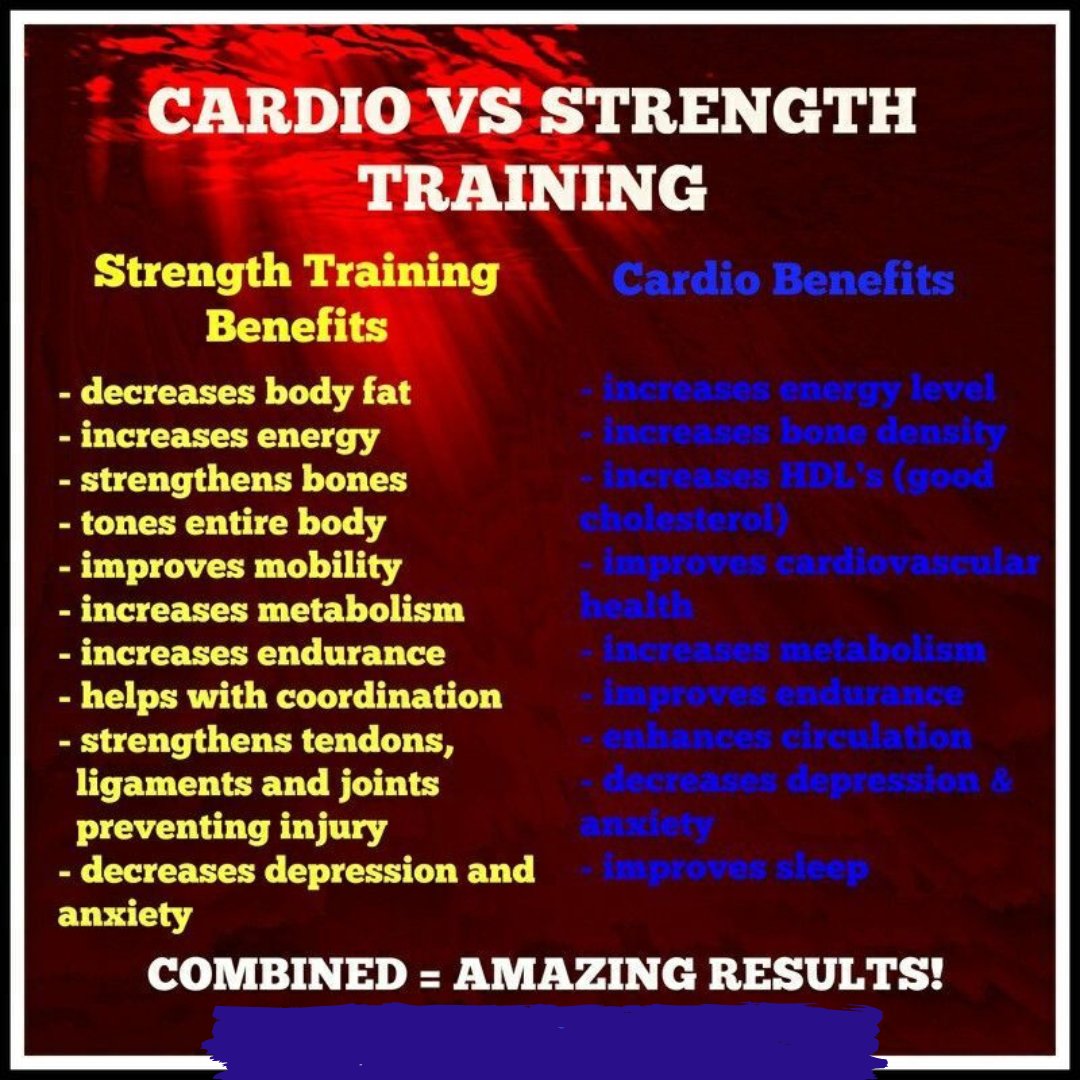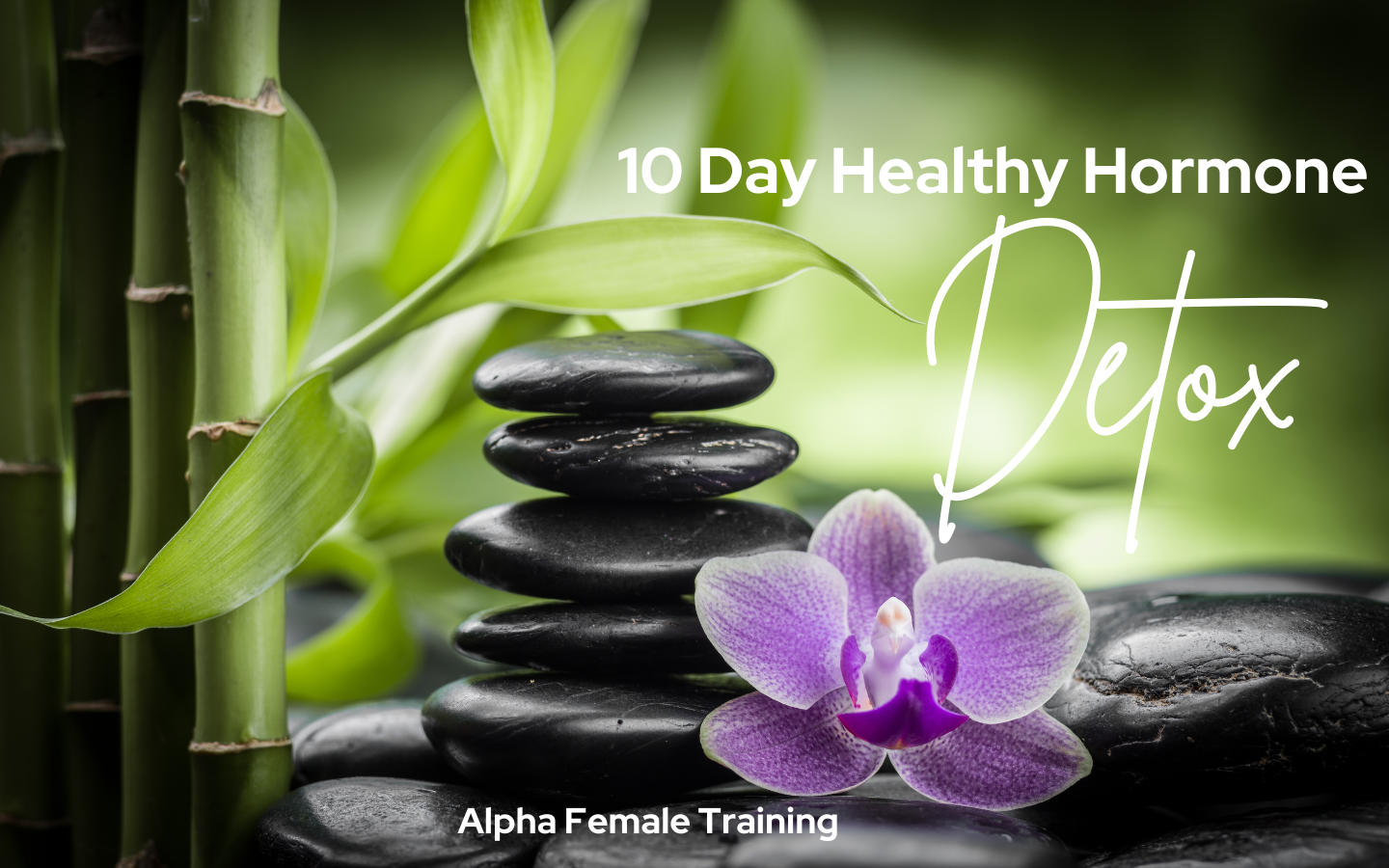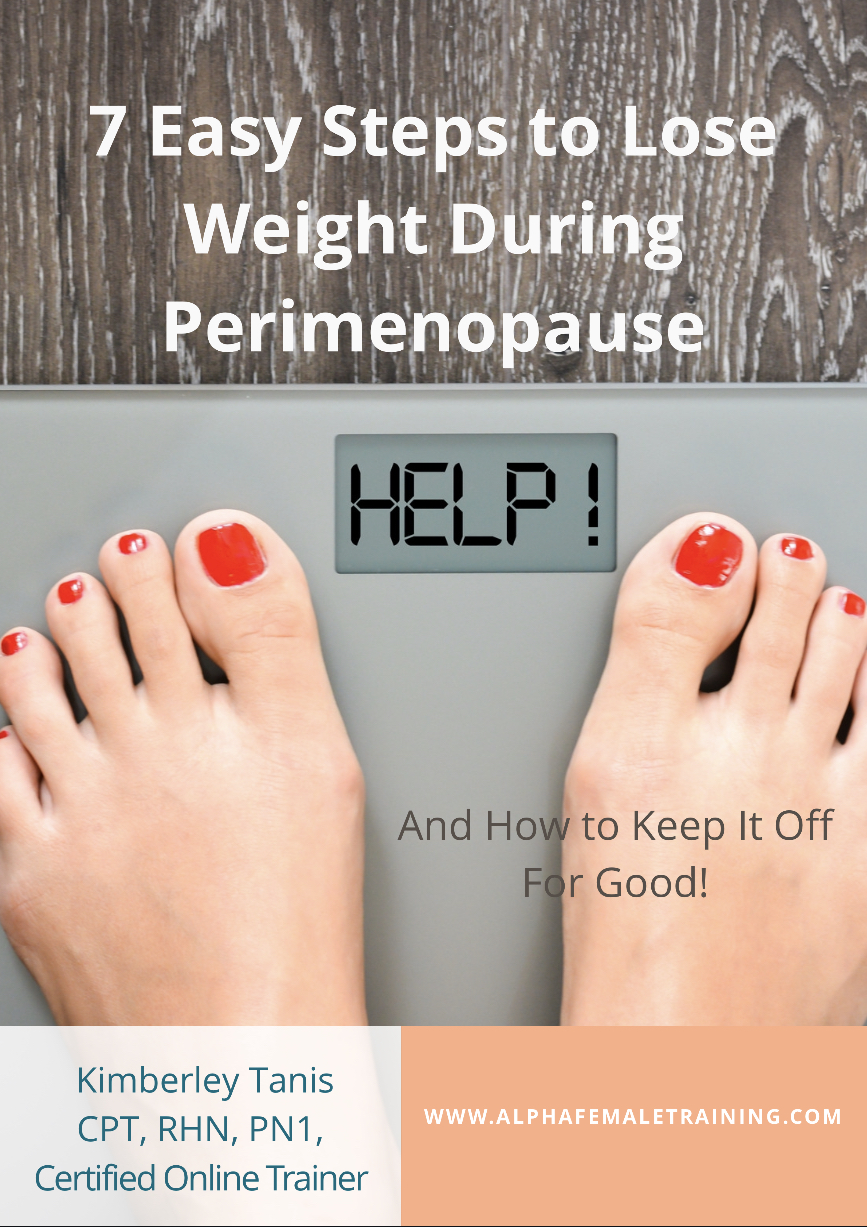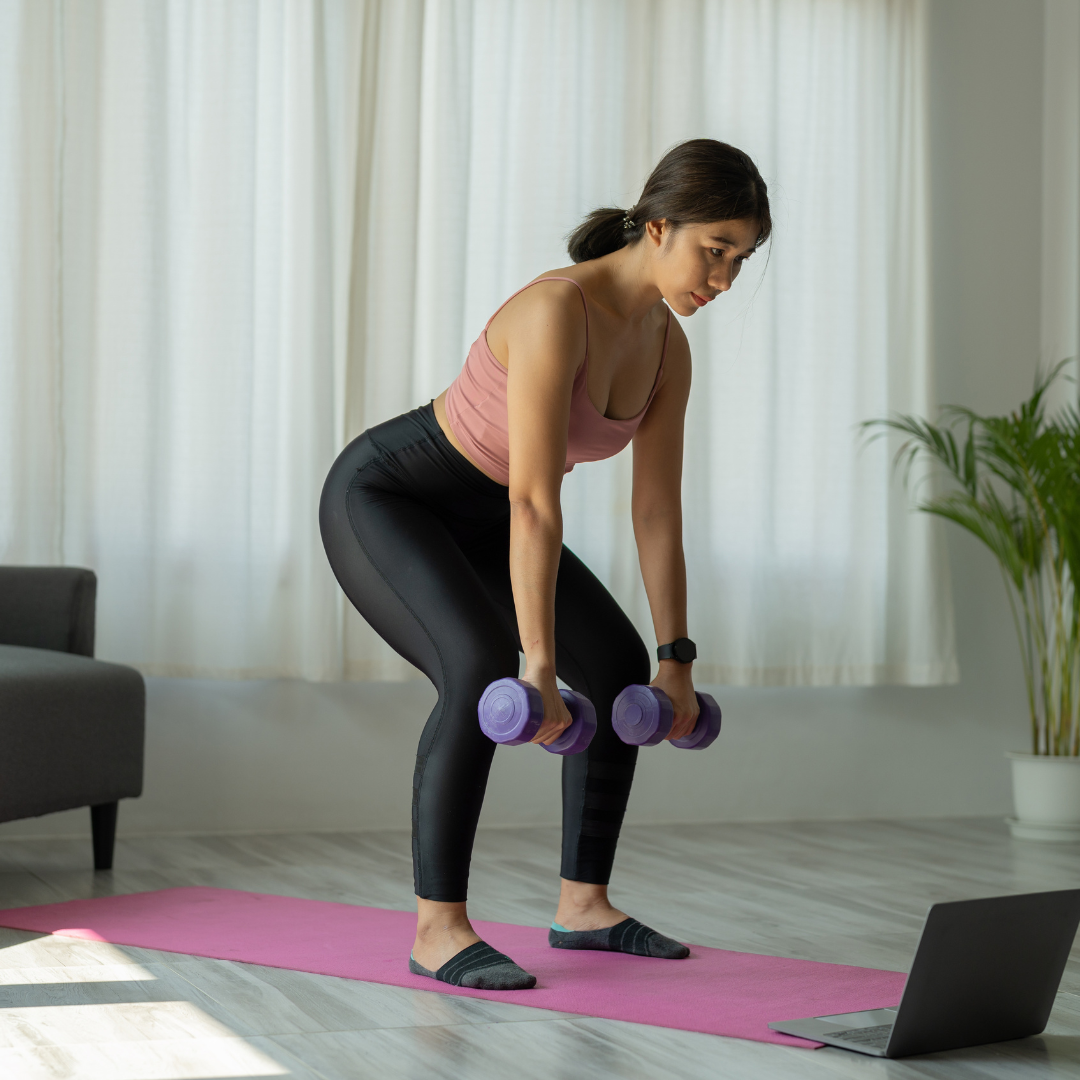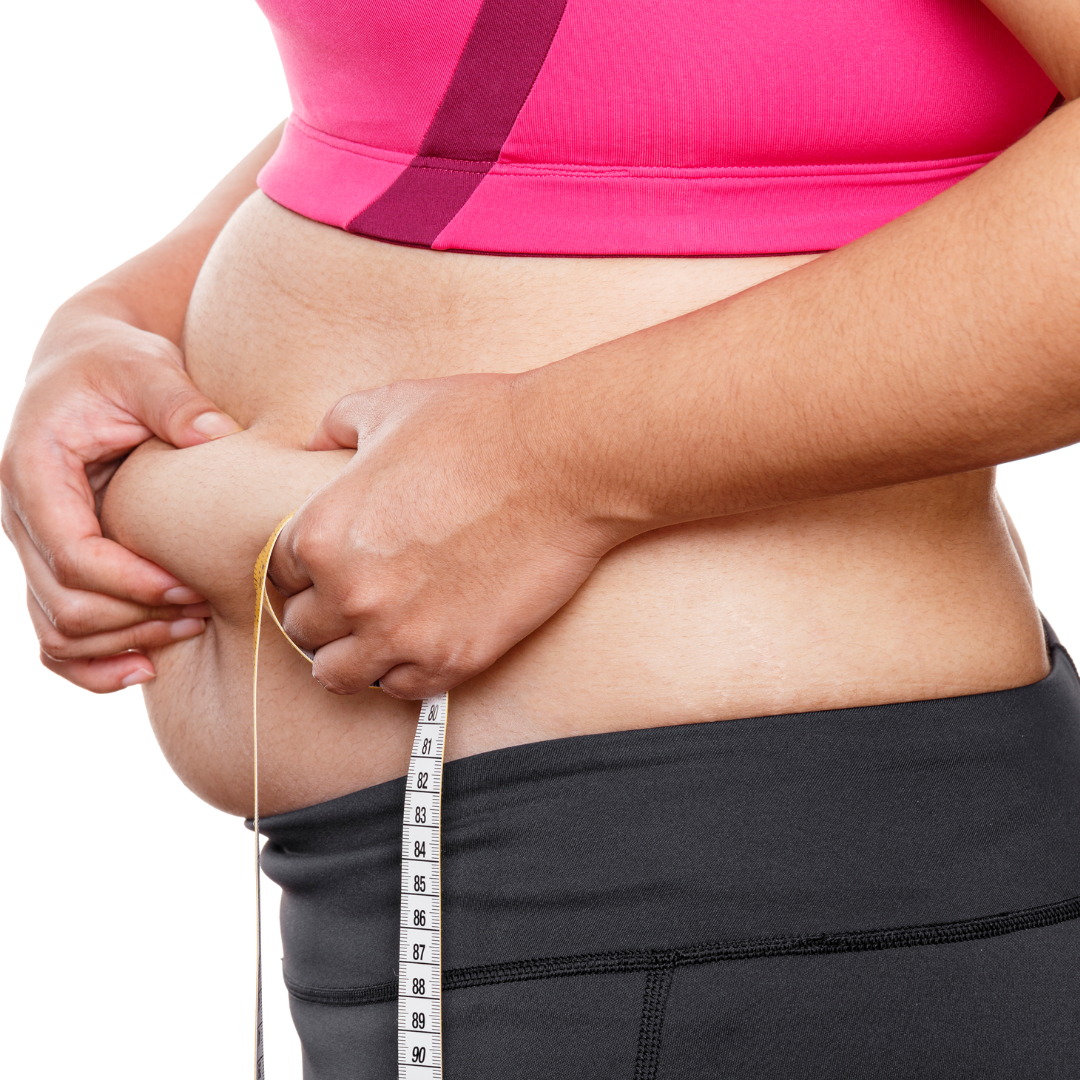Best Exercises for Menopause
So what are the best exercises for menopause? As women age and enter perimenopause, their bodies go through various physical changes that can affect their ability to maintain the same level and type of exercise they did in their younger years. This can result in frustration as they may not achieve the same results as before, even with regular exercise. Many women over 40 report weight gain and fatigue despite their efforts to exercise.
In general, there are three types of women I see when it comes to exercise during perimenopause.
Group 1 comprises those who are too physically and emotionally exhausted to do anything other than an occasional walk. Even if they could exercise, they lack the motivation they once had.
Group 2 is made up of women who push themselves harder and harder, often to lose weight. This approach can lead to exhaustion, injuries, and more weight gain.
Group 3 recognizes that they cannot exercise the same way they used to and have shifted to activities like yoga or Pilates. However, weight loss may still be elusive despite all of their efforts.
Women over 40 may suddenly experience changes in their bodies, such as the loss of muscle strength, more cellulite, sagging skin, and an expanding waistline. These changes can be distressing and leave women feeling confused about what to do and frustrated by the lack of results.
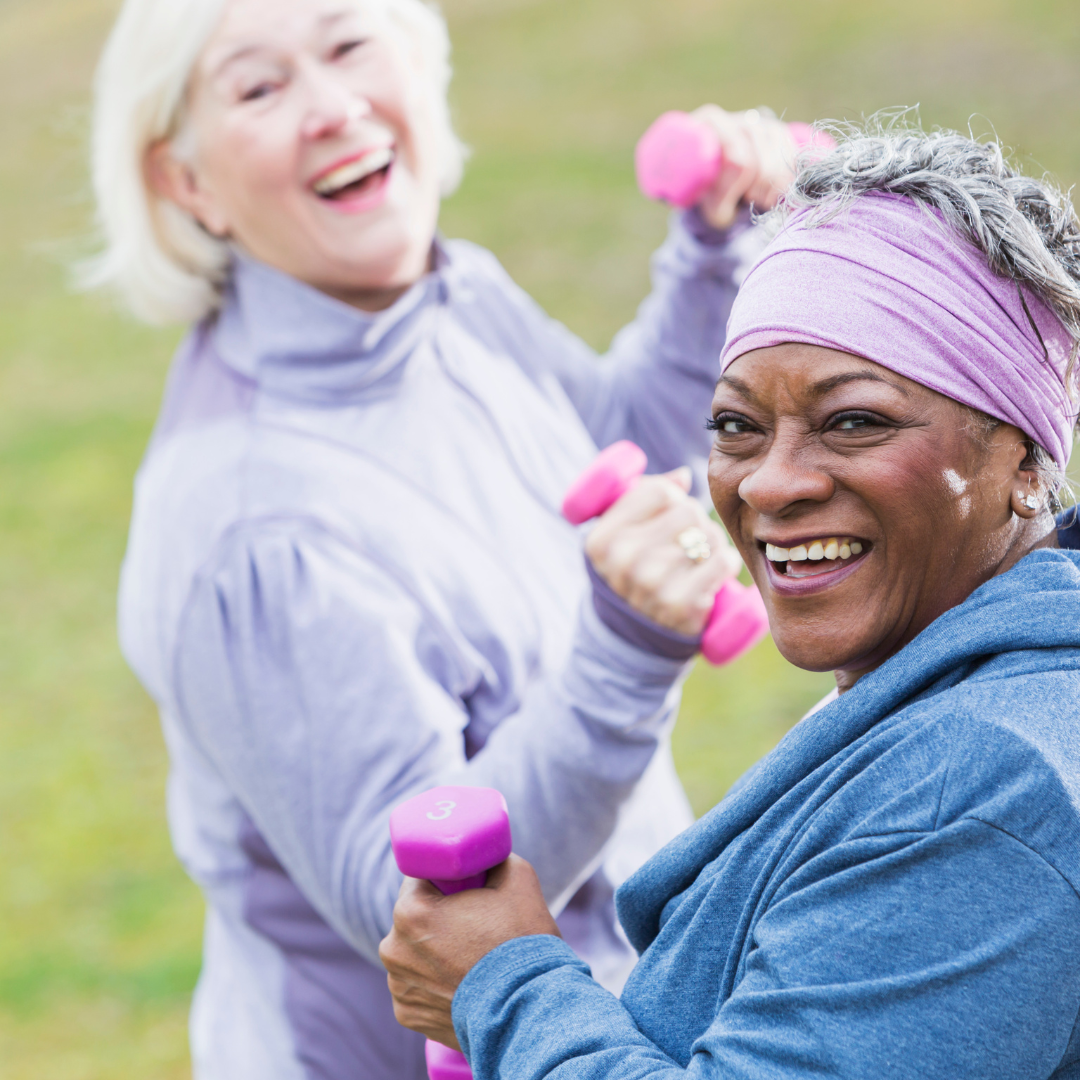
How to exercise correctly at this stage in life
During perimenopause, the hormonal changes that occur in a woman's body can affect several aspects of her physical health, including her ability to build lean muscle and recover from exercise.
Estrogen, progesterone, and testosterone levels decrease, leading to a loss of muscle strength and density, reduced energy and endurance, slower recovery, increased sensitivity to cortisol and adrenaline, increased propensity to inflammation and injury, increased joint pain, and reduced bone density. These changes make it challenging to maintain the same exercise routine as before and may require women to adapt their workout routine to accommodate these changes.
Women over 40 need to understand that their bodies have changed, and they need to adjust their exercise routine accordingly. A workout routine that previously worked may not be effective anymore. Therefore, it is essential to consult a physician or a fitness professional to create an exercise plan that is safe and effective for their specific needs. The right exercise routine can help women stay active, maintain muscle mass, and improve overall health and well-being.
It is also essential to note that exercise can help alleviate some of the symptoms associated with perimenopause, such as hot flashes, insomnia, and mood swings. Exercise can also help reduce the risk of heart disease, diabetes, and other chronic conditions that are more prevalent in women over 40. By maintaining a routine with the best exercises for menopause, women can improve their overall health and well-being during perimenopause and beyond.

The Best Exercises for Menopause
The best exercises for menopause and perimenopausal women over 40 works by combining three powerful strategies. The first strategy is focusing on full-body, low-impact, functional movement, which helps to reduce joint pain and improve overall mobility. The second strategy is increasing muscle density, which can improve muscle tone and reduce sagging and cellulite. The third strategy is minimizing inflammation and stress, which can help reduce the risk of chronic diseases and improve overall well-being.
These strategies work together to provide several benefits for women during perimenopause. By boosting metabolism, the exercise can help reduce body fat and increase energy levels. Increasing lean muscle mass can help improve sagging and cellulite, while stimulating lymph flow can help remove toxins and excess/old hormones from the body. The best exercises for menopause can also improve temperature regulation and release feel-good hormones, helping to improve mood and reduce stress.
To get the most out of the recommended exercise routine, women should exercise according to their fitness level, energy, and severity of symptoms. Shorter workouts, between 10 to 30 minutes, and no longer than 45 minutes, are recommended to avoid over-exertion. It's also important to include stretching and active recovery days and to focus on good form and technique rather than only effort. High-impact and endurance exercise should be reduced, and a variety of exercise types should be included to provide a well-rounded workout.
In summary, the motto "something is better than nothing" can be helpful for women over 40 when deciding to build movement and exercise into their day. By incorporating the best exercises for menopause, women can absolutely improve their overall health and well-being during perimenopause and beyond.
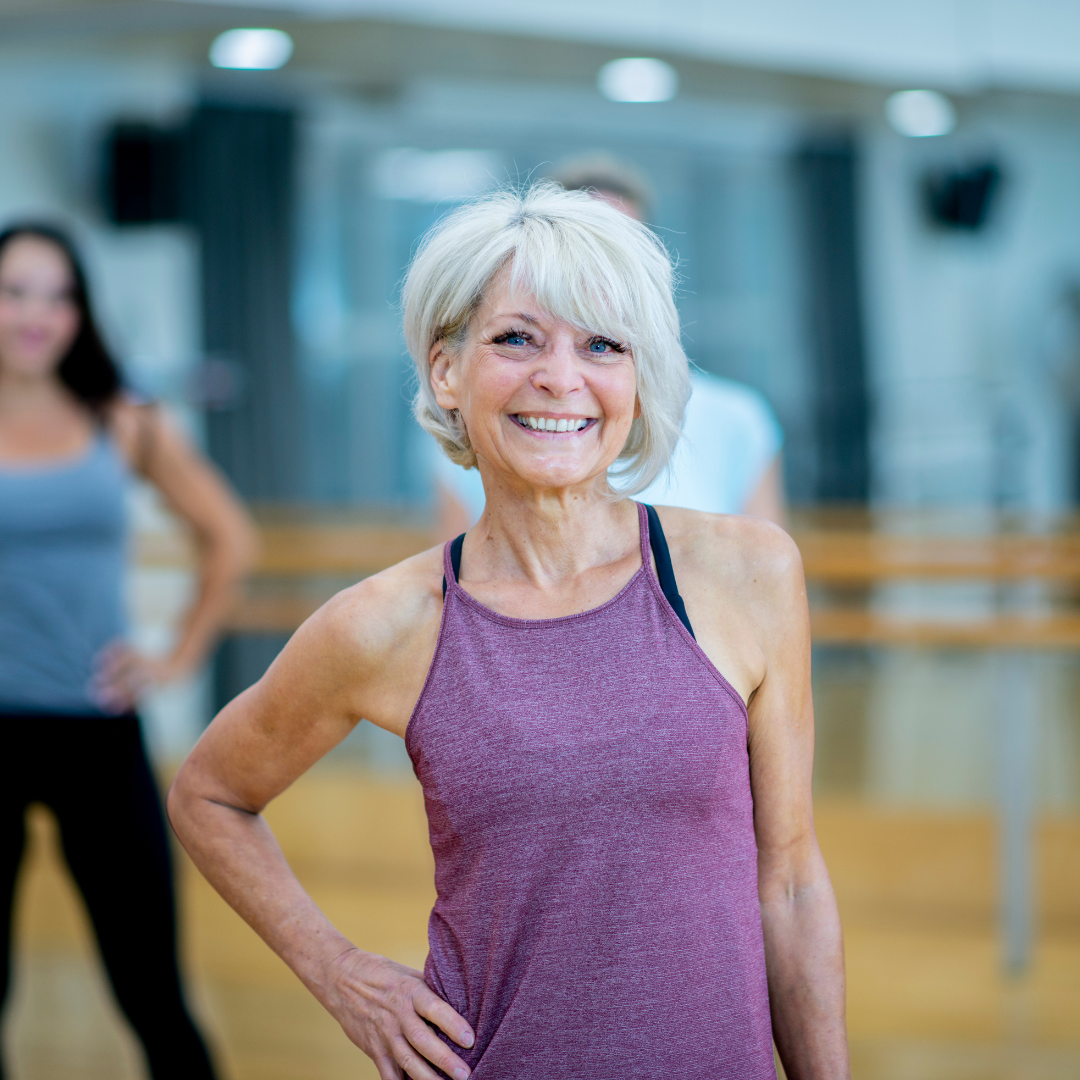
Low Impact and Full Body Exercise
Focusing on full-body, low-impact, functional movement is a recommended strategy for women over 40 during perimenopause. Examples of exercises that fall under this category include bodyweight exercises, Pilates, yoga, barre, resistance band exercises, suspension band exercises, and circuit training using equipment like a step, medicine ball, or hand-weights.
These exercises not only provide a full-body workout but also help prevent osteoporosis by slowing the rate of bone turnover. Some studies have even shown that bone mineral density (BMD) can increase with these exercises. Therefore, the right type of exercise can act as a treatment for osteoporosis during and after menopause.
Full-body exercise is also beneficial for improving circulation and cardiovascular fitness. Good circulation is important for hormonal health and temperature regulation, which can help reduce the number and severity of hot flushes experienced during perimenopause.
Low-impact exercise, such as those mentioned above, minimizes the stress response to exercise and reduces the risk of inflammation, joint pain, and injury. This is particularly important during perimenopause, as the body may be more sensitive to cortisol and adrenaline, which can increase inflammation and joint pain.
Functional movement exercises improve balance, coordination, flexibility, muscle strength, and agility. This makes it easier to cope with the physical demands of everyday life and reduces the risk of injury. Additionally, functional movement exercises can help keep the body and brain feeling younger, as they require the brain to work in conjunction with the body to complete each movement.
In summary, focusing on full-body, low-impact, functional movement is an effective way for women over 40 to stay active and healthy during perimenopause. These exercises provide numerous benefits, including preventing osteoporosis, improving circulation and cardiovascular fitness, minimizing stress and inflammation, and improving balance, coordination, flexibility, muscle strength, and agility.
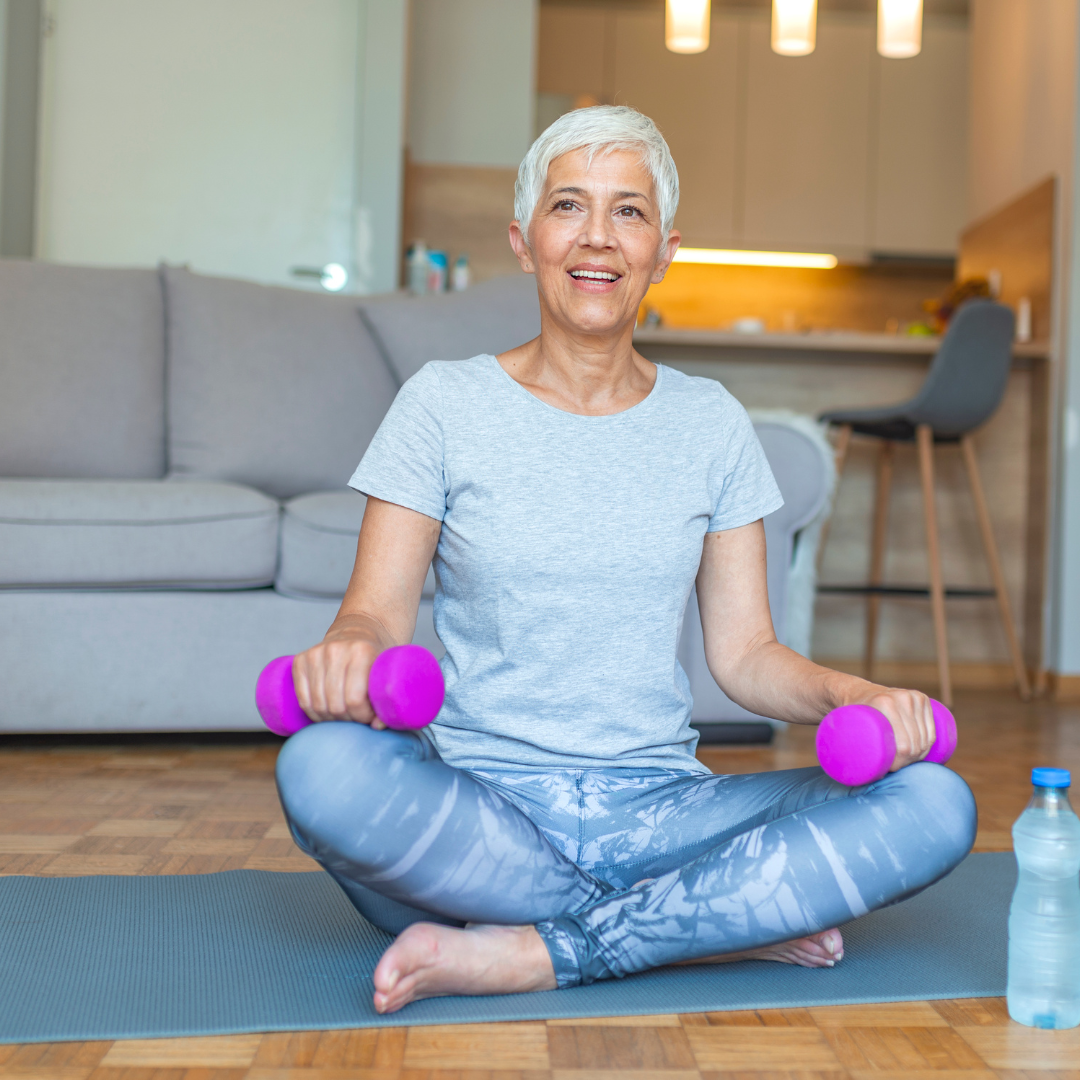
Increase Your Muscle Density!
During perimenopause and menopause, declining levels of estrogen and testosterone can lead to muscle atrophy, which is the loss of muscle mass and strength. This can result in a softer and spongier body, and an increased likelihood of sagging and cellulite. However, strong and healthy muscles are crucial for metabolism, energy, and hormonal health, and can help slow down the body's aging process.
To improve muscle strength and tone during perimenopause and menopause, it is best to focus on slow multidirectional movements, such as forward and back, up and down, and side to side. These movements stimulate new muscle fiber development and reduce the risk of injury and joint pain by minimizing momentum or the force of gravity.
Slow multidirectional moves also help to engage the core muscles as they maintain the body's center of gravity and balance. This type of training is perfect for maintaining healthy connective tissue, ligaments, tendons, and bone density.
Incorporating slow multidirectional moves into your exercise routine can lead to better results in a shorter period of time, with less fatigue, inflammation, and joint pain. This is the type of exercise that my Hormone Detox Program specializes in.
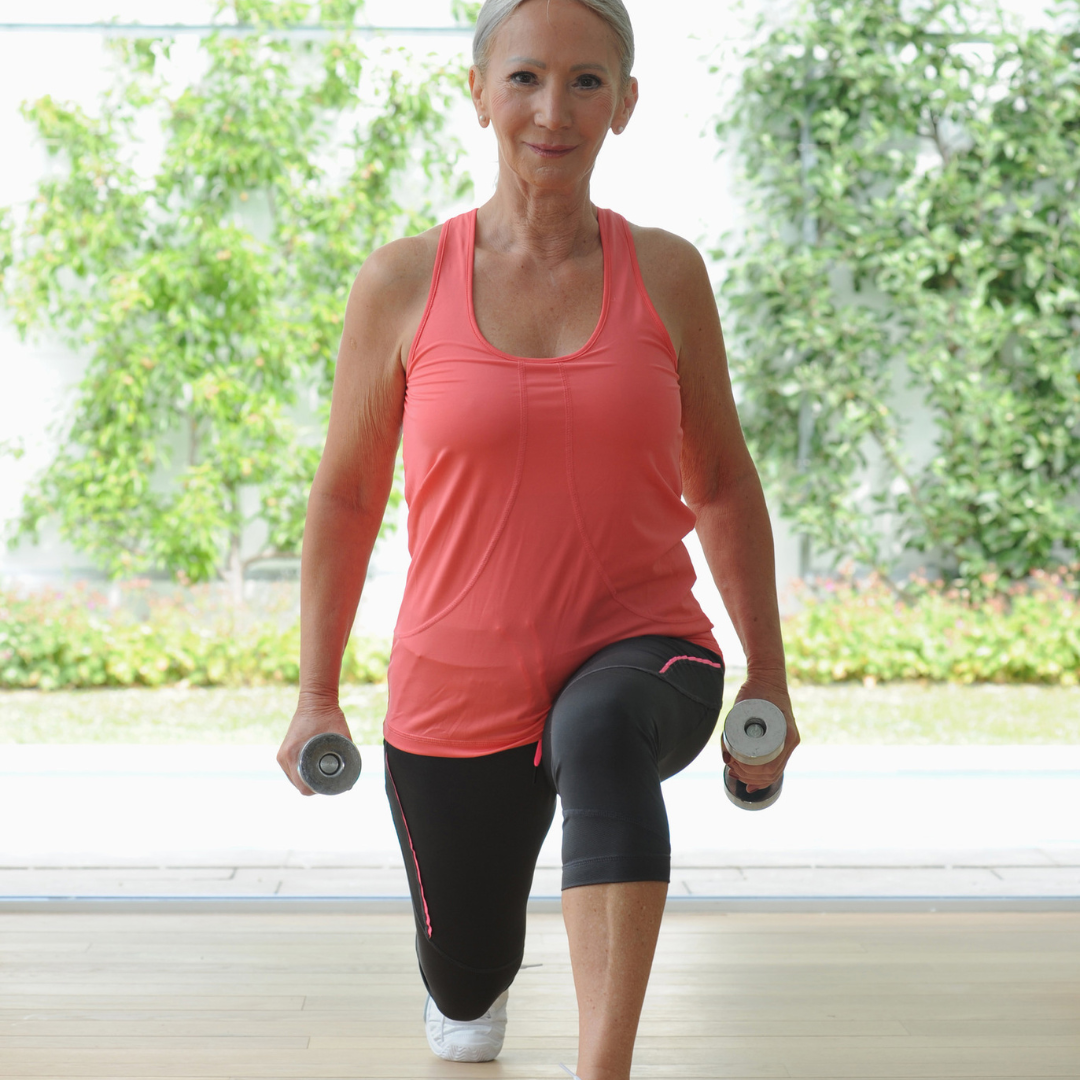
Perimenopause and menopause exercise simplified
As our hormones change during perimenopause and menopause, certain types of exercise can increase inflammation and stress in our bodies, exacerbating symptoms like fatigue, moodiness, and weight gain. Long, high-intensity, high-impact, or steady-state cardio sessions are more likely to cause inflammation and stress in our bodies during this time. In extreme cases, this can lead to chronic exhaustion and depression.
Two hormones, estrogen and progesterone, play a key role in minimizing inflammation and stress during exercise. As estrogen declines, we become more prone to joint pain and injury because estrogen is an anti-inflammatory hormone, and joint tissue contains estrogen receptors that help protect and lubricate the joints.
On the other hand, as progesterone declines, we become more sensitive to physical and emotional stress. Exercise is perceived by the body as a form of stress, and it stimulates the release of cortisol. Progesterone helps regulate the stress hormone cortisol, and too much cortisol can disrupt sleep, negatively impact mood, and reduce energy levels.
To minimize inflammation and stress during exercise, it's important to find a healthy balance between the correct type of exercise, the intensity, and the frequency.
Avoid exercising late at night, as research shows that the timing, length, and intensity of exercise affect the release of cortisol. Exercising during the day (rather than at night) will give the body time to rebalance hormones to improve sleep quality.
Keeping workouts shorter, especially to less than 60 minutes, even at a low intensity, can help reduce cortisol and inflammation beyond optimal levels. This is made worse if you're under-eating, nutritionally depleted or eating low-carb.
Focusing on good recovery, like scheduling at least one rest or active recovery day between sessions and incorporating yoga, stretching, foam rolling, and deep diaphragmatic breathing can improve recovery and help bring down cortisol levels.
The right kind of exercise can help reduce inflammation and improve the body's stress response. It can strengthen the immune system, improve sleep quality, and make it easier to lose weight during menopause.

